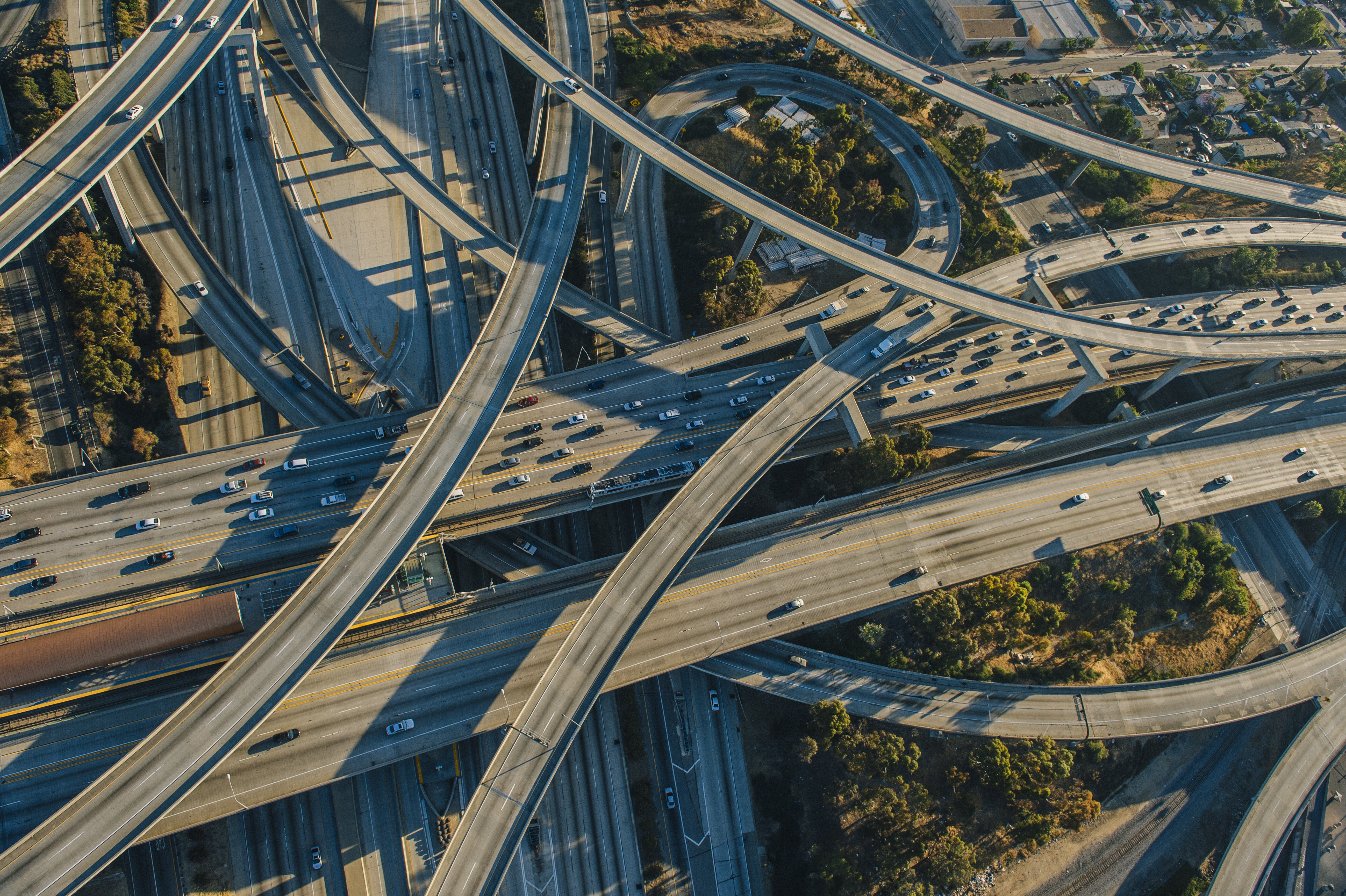
How the 'Bold North' is Preparing for Super Bowl 2018 Traffic

With around one million people expected to flock to Minneapolis for Super Bowl 52, David Sadeghi explains how the city is preparing for record traffic.
This Sunday marks the 52nd annual Super Bowl event and as hundreds of thousands of football die-hards flock to the Twin Cities to get closer to the action, Minneapolis's city traffic engineers have been preparing for moments like this for more than a decade.
Big Lights in the Twin Cities
While the state-of-the-art, $1.1 billion U.S. Bank Stadium will host this year's NFL main event between the Philadelphia Eagles and New England Patriots, the Twin Cities have a long history of traffic planning and preparedness, having held several major sporting events in recent years - and with more scheduled:
- The city hosted Super Bowl 26 in 1992 at the Metrodome.
- The Republican National Convention was held in Saint Paul and Minneapolis in 2008.
- The MLB All-Star Game was held in Minneapolis at Target Field in 2014.
- The annual Twin Cities Marathon begins in Minneapolis, attracting tens of thousands of runners and spectators.
- The city hosted the summer X Games July 2017 and will again in July 2018 at U.S. Bank Stadium and The Commons Park.
- The NCAA Men's Final Four will be held at U.S. Bank Stadium in 2019.
A History of Advanced Detection
The City of Minneapolis has been using road sensor technology and detection systems for the past 15 years, but with record numbers expected for this year's Super Bowl, the ability to monitor, safeguard and react to traffic activity will be more crucial than ever.
Which is why, aside from the thousands of security cameras in place to capture footage of criminal and anti-social activity on Super Bowl week, Minneapolis has had over 100 VantageNext detection sensors in place throughout the city and installed dozens more units in the run-up to the Super Bowl.
Counting on Roadway Sensors
These sensors come equipped with both bicycle and pedestrian detection algorithms to differentiate between, as well as count, vehicles and more vulnerable road users. The net effect of this technology is that intersection activity can be monitored more intelligently, police or other emergency resources can be deployed more effectively, and road users will be safer as a result.
The actionable information collected and analyzed by the city over the past decade or more enabled the successful retiming of all intersection traffic signals in the past few years.
Communication, Communication, Communication
Advanced detection sensors and data analytics solutions are undoubtedly instrumental in the city's preparedness for major sporting events, but ensuring that the public is well informed and ready for the impending traffic disruption is essential.
Thankfully, the Minnesota Super Bowl Host Committee has endeavored to make residents and visitors' travel experiences as seamless as possible with the publication of their Know Before You Go guide, which has been made available in anticipation of the 10-day football festival.
The Bottom Line
The City of Minneapolis is not only fully prepared for the record traffic congestion this year's Super Bowl will bring, it has been preparing for major sporting events like this for over a decade through the consistent implementation of high-performance intersection traffic signal sensors with advanced detection algorithms. If you're looking for a living, breathing example of a smart city look no further.
About the Author:

David Sadeghi is digital marketing manager at Iteris.
About the Author

 X
(Twitter)
X
(Twitter)
 Facebook
Facebook LinkedIn
LinkedIn Copy
Link
Copy
Link Email
Email

